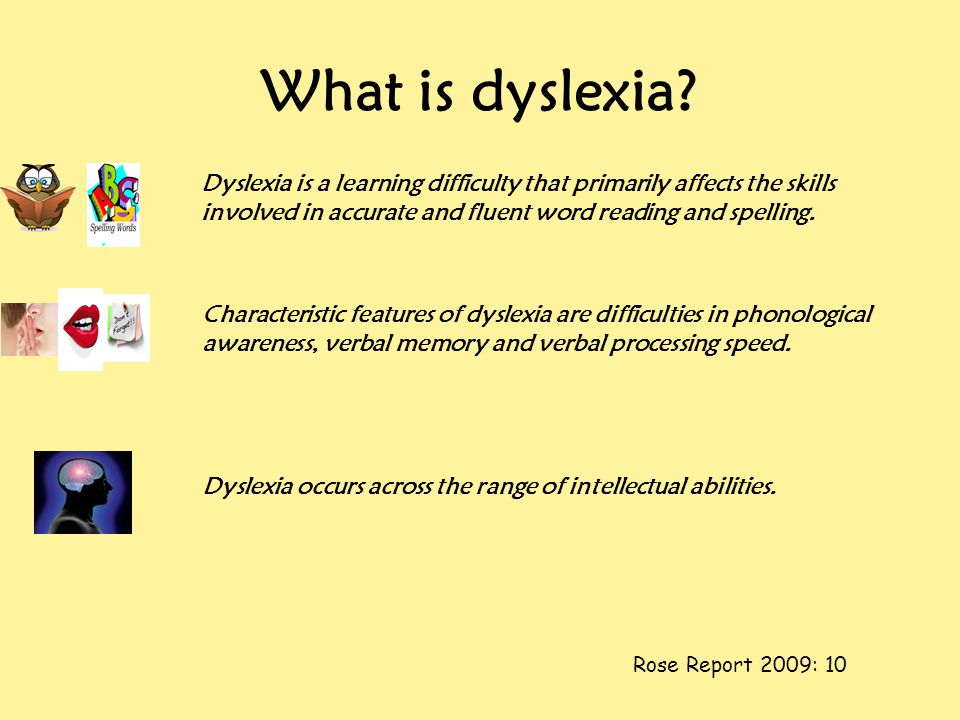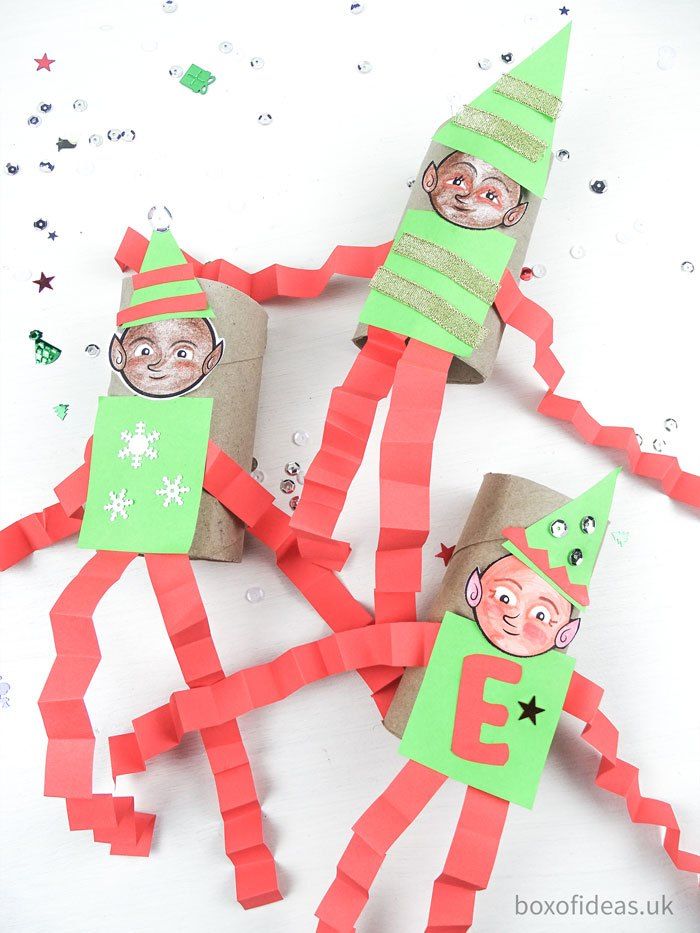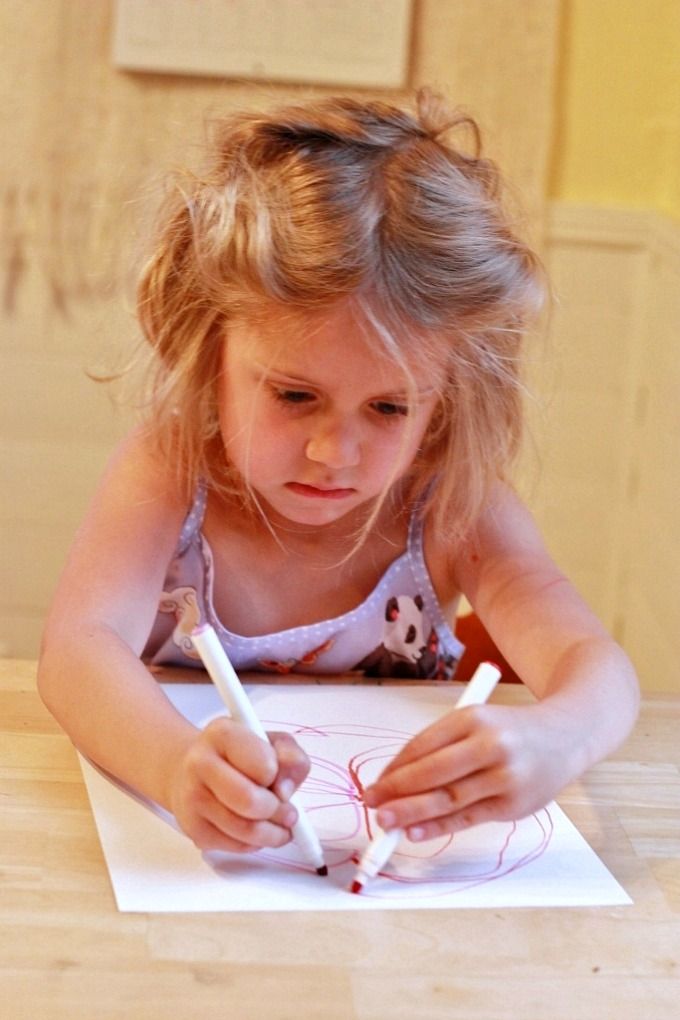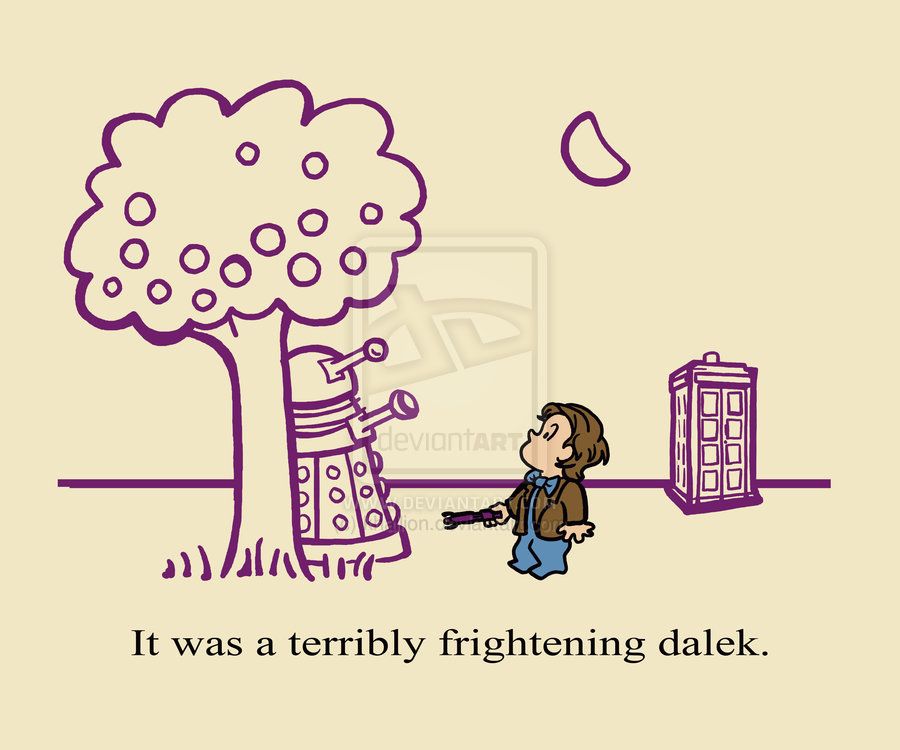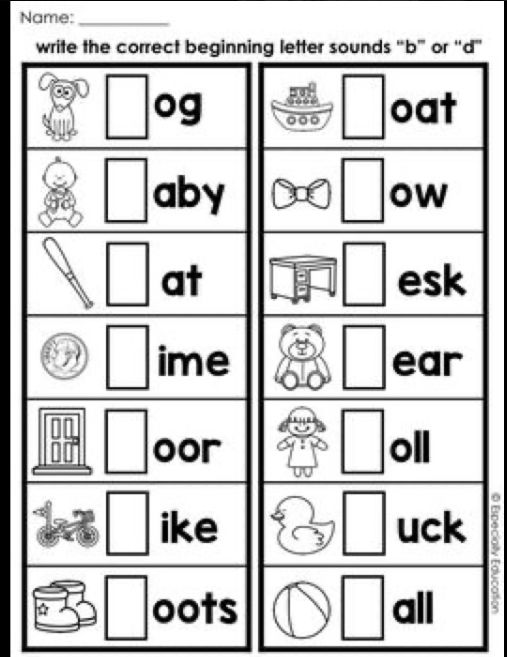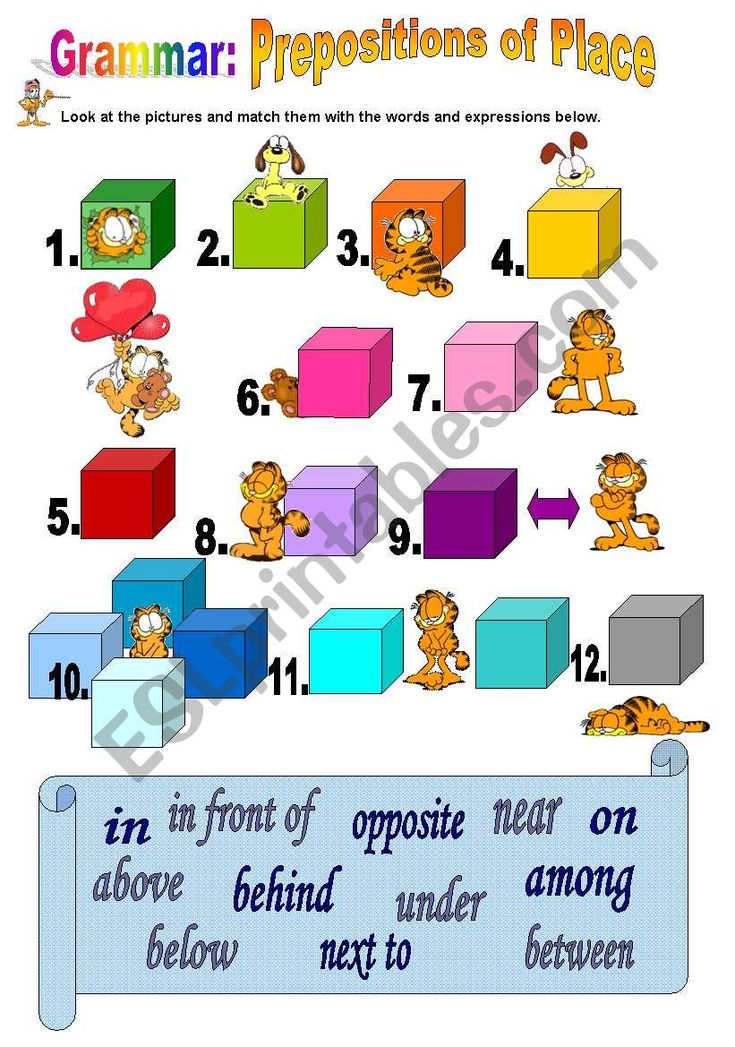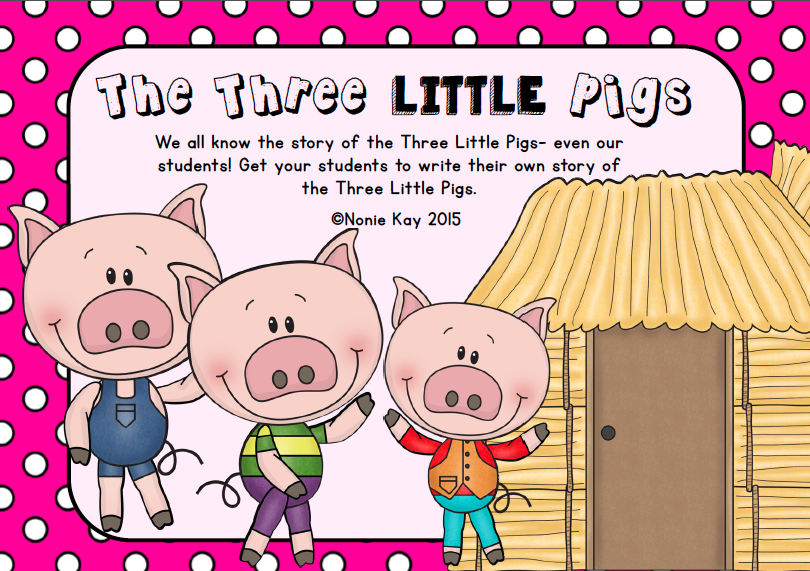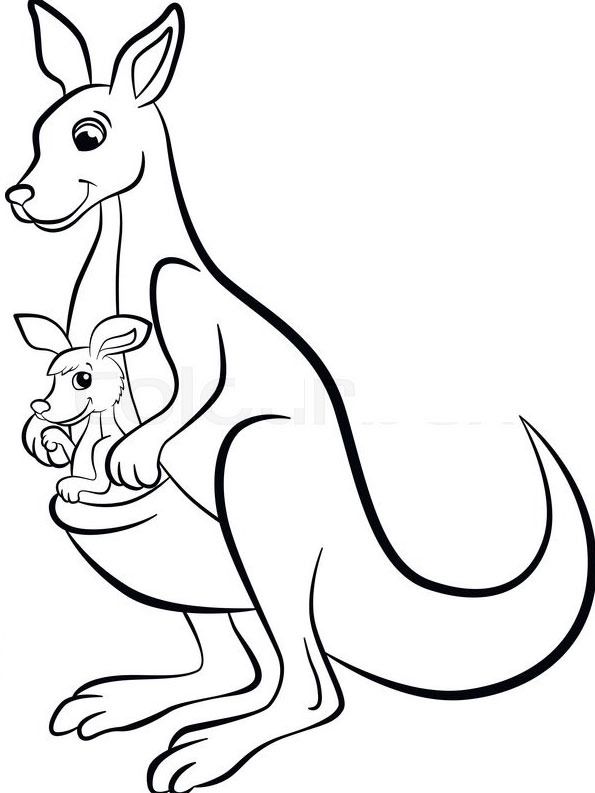Learn shapes and colors for toddlers
When and How to Teach Your Toddler about Colors and Shapes
Teaching your toddler about shapes and colors is an important step in their early development, because it helps them to define and organize much of the world they see around them. Whether your child is looking at a rectangular building, a circular plate, a green tree or a blue sky, being able to recognize shapes and colors is a vital component of their cognitive development, and it will establish a strong foundation for subsequent educational concepts such as math and logic. Although no one doubts the importance of teaching colors and shapes, many parents have questions regarding when and how to introduce these concepts. Below are some tips and ideas regarding which time frames and methods are most useful for teaching your toddler about colors and shapes.
Teaching Colors: When and How
It is important to remember that each child is different, so there’s really no one specific developmental timeline that will work for all children. Generally speaking, 18 months is a great time to begin teaching your child about colors, but it’s not uncommon for children between 2 to 3 years old to be in the beginning stages of learning these concepts. Regardless of when you start, it is important for you to review colors with your child on a regular basis, even up to kindergarten age. Here are some simple activities you can try to help reinforce concepts of color:
* Name that color: Colors are everywhere, so this game is very easy to play. Simply point to an object, name what color the object is, and then ask your child to find something else that has that same color. For example, you might say, “I see a red truck over there. Can you find something else that’s red?” Or, if you’re walking through a crowded parking lot, ask your child, “Which car on this row is blue?”
* Any experiments with food coloring are always a smash hit. You can take some recyclable water bottles, fill them with water and then ask your child to add a few drops of a particular food coloring to the bottle.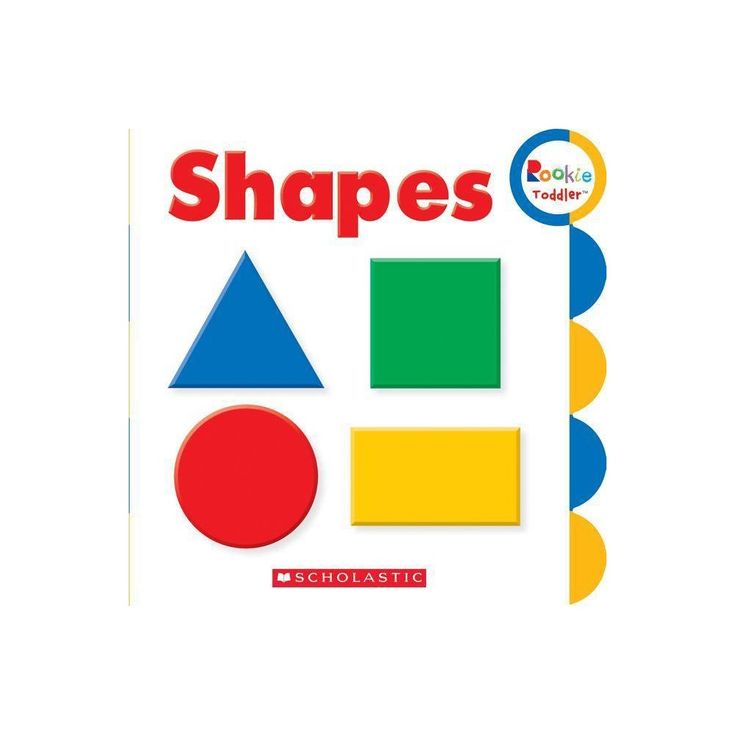 Experiment with color mixing as well – e.g., allow your child to make green water by combining drops of yellow and blue food coloring in a bottle.
Experiment with color mixing as well – e.g., allow your child to make green water by combining drops of yellow and blue food coloring in a bottle.
* Kirstylee Moody, author of the popular early childhood educational blog Moms Have Questions Too, has put together an excellent (and exhaustive!) resource for teaching colors to your child at this link.
Teaching Shapes: When and How
The most prevalent age for teaching kids shapes is around 2 years old. By the time your child is 2 1/2 or 3 years old, they should be able to identify the majority of basic shapes (e.g., circle, square, triangle, and rectangle). From there, you can move on to more advanced shapes (e.g., diamond, heart, star, oval, etc.). Here are some simple yet highly effective activities you can use to help your child learn shapes:
* Shape sorting games: You can transform simple household items into learning tools by allowing your child to sort them into various groups based on their shape.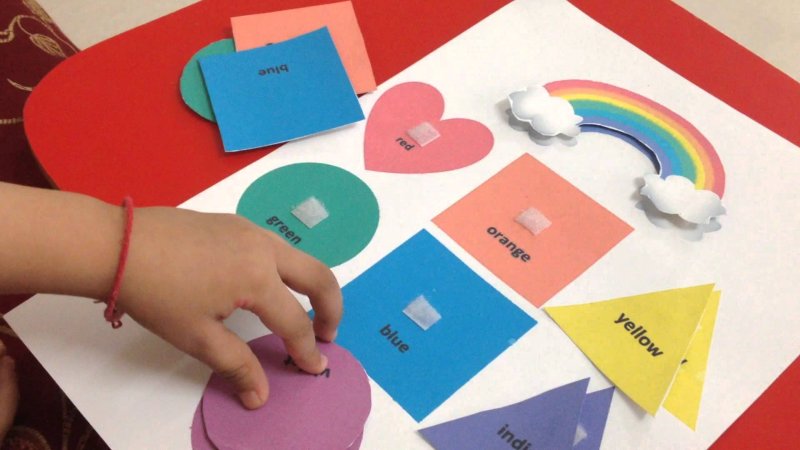 Start out with a pile of objects on the floor, and then encourage your child to sort them into separate piles based on shape (e.g., round, rectangular, square, etc.).
Start out with a pile of objects on the floor, and then encourage your child to sort them into separate piles based on shape (e.g., round, rectangular, square, etc.).
* Help your child draw shapes using finger paint, or by drawing in sand. Guide his/her hand as they draw the shape, making sure to emphasize the name of the shape over and over again as he/she completes the drawing. You can also draw the same shape in different sizes, so that you can help your child differentiate between a “big” circle and “small” circle, for example.
* Go for a shape walk around your neighborhood, or at a local park. Bring a small cardboard cutout of each shape, so that your child can compare it to what they see around them. They might notice that the triangular rooftops of some of the houses match their triangle cutout, or that the manhole cover on the street matches their circle cutout. Whenever your child finds a new shape, make a tally mark on the respective cardboard cutout to keep track of his/her discoveries.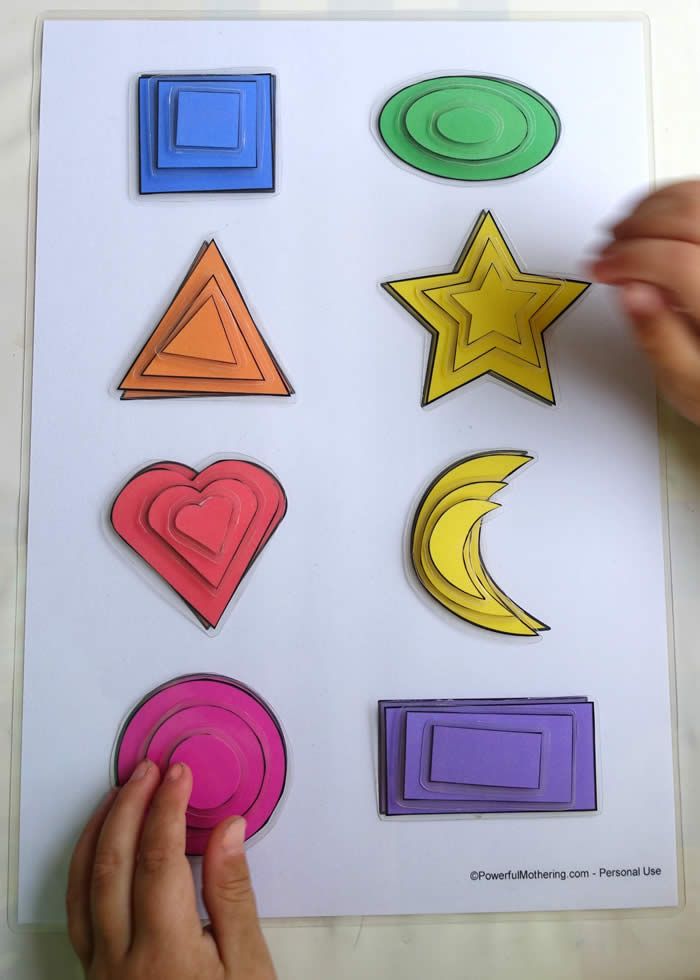
Your child will interact with shapes and colors all throughout their life. Keep the above ideas and tips in mind to help them get a good head start on these fundamental concepts!
Why learning colors and shapes is so important for young children
This post may contain affiliate ads at no cost to you. See my disclosures for more information.
Do you ever wonder why we put so much emphasis in the toddler and preschool years on teaching colors and shapes? I mean, why put so much focus on colors and shapes rather than letters and numbers?
In this post I explain why learning colors and shapes is so important for young children. I also share plenty of ideas for teaching children to recognize colors and shapes.
For more of ideas to teach colors and shapes, see my Teaching Colors to Kids and my Teaching Shapes to Kids pages.
Colors and Shapes: Foundational Skills for Young Children
So let’s start by stating the fact that our world is literally made up of colors and shapes. That is what we see all around us!
That is what we see all around us!
A house has a different shape from a tree, which has a different shape from a person or a banana. And the cars, flowers, and street signs around us come in many different colors.
As it turns out, colors and shapes are a key way that we describe and categorize our world. Children will notice that a red flower is different from a yellow one, and that a round bread roll has a different shape than a square slice of bread.
Verbal communication: Teaching children about colors and shapes is a great way to give them some vocabulary for describing the world around them. This opens up new and exciting avenues for verbal communication.
Sorting and classifying: As children learn to identify colors and shapes, they can sort and classify objects around them based on these attributes.
Health and safety: Colors sometimes give us information about health and safety. For example, we use red in our culture to indicate ‘danger’ or ‘stop,’ such as with red stop lights and red stop signs. Colors can also tell us about our health. If a person’s skin has blue marks, it may mean they have suffered a bruise. If a person’s skin turns red, they may have spent too much time in the sun. And black marks on the wall could indicate the presence of an insect, a spider, or even mold.
Colors can also tell us about our health. If a person’s skin has blue marks, it may mean they have suffered a bruise. If a person’s skin turns red, they may have spent too much time in the sun. And black marks on the wall could indicate the presence of an insect, a spider, or even mold.
Letters and numbers: The written symbols we use for letters and numbers are really just shapes. As children develop proficiency at learning shapes such as squares and circles, they are developing the classification and visual discrimination skills to distinguish between ‘k’ and ‘x’ or between ‘p’ and ‘g.’
Learning colors
Most children are unable to differentiate between different colors until at least 18 months of age, which is also about the same time that children start to notice differences and similarities between textures, sizes, and shapes. However, while children can start to differentiate between colors around 18 months, it can take until age 3 before children can fully understand the difference between colors and name them.
Although naming colors is second nature to most adults, it is actually a cognitively complex task for young children. This is in part because the range of hues that count as a particular color are not innate, nor are they universal among all cultures. In fact, different cultures and languages around the world vary in the number of distinct colors they recognize, from two colors to more than 20!
Teaching colors is best done through playful everyday life experiences. When developmentally ready, many children easily learn their colors as parents and caregivers point out color attributes of objects in children’s environment (e.g., “Throw me the green ball” or “Do you want the red shirt or the yellow shirt?”).
You might also ask your children to match objects by color. Or when doing artwork, make note of the colors the child has chosen to use or ask the child to name the colors in their drawing.
You might also go to the library and borrow books about colors to read to your child.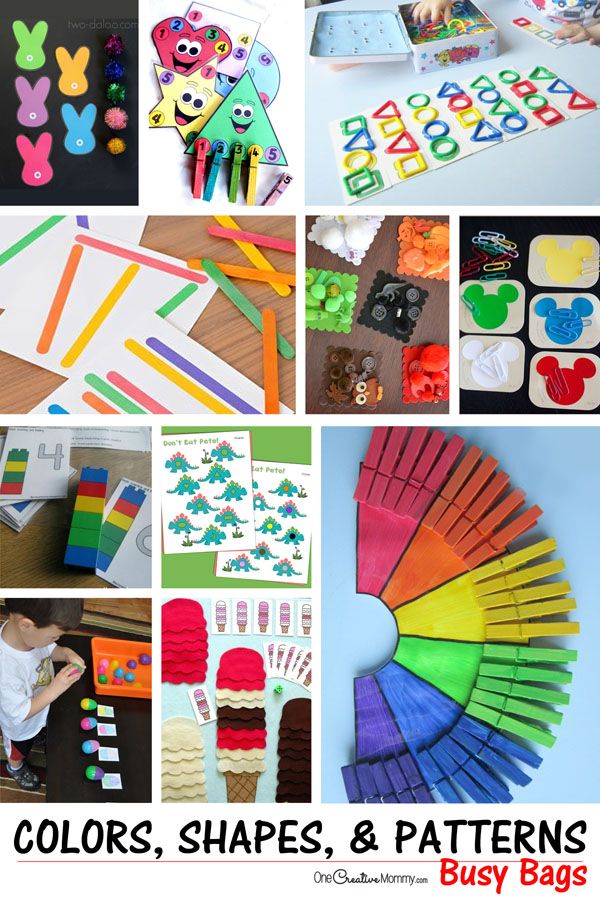
Here are some links to a variety of ideas for teaching children to identify colors:
- 6 activities for learning about colors
- Teaching colors through everyday play
- Mix it up! Book-based fun with color mixing activity
- Build a 3-D rainbow
- String a rainbow necklace
And for children who can identify the primary colors, these are some fun activities to teach color theory and color mixing:
- Intro to color theory for preschoolers
- Color mixing science with liquid watercolors
- Make your own markers: a practical color mixing lesson
- No mess color mixing activity with plastic bottles
- Color mixing rainbow challenge: Putting color theory into practice
Teaching shapes
It takes most children a few months longer to grasp the concept of shapes than to grasp the concept of color. However, by age 3 most children have developed an understanding of shape and can name several of the most common geometric shapes (e.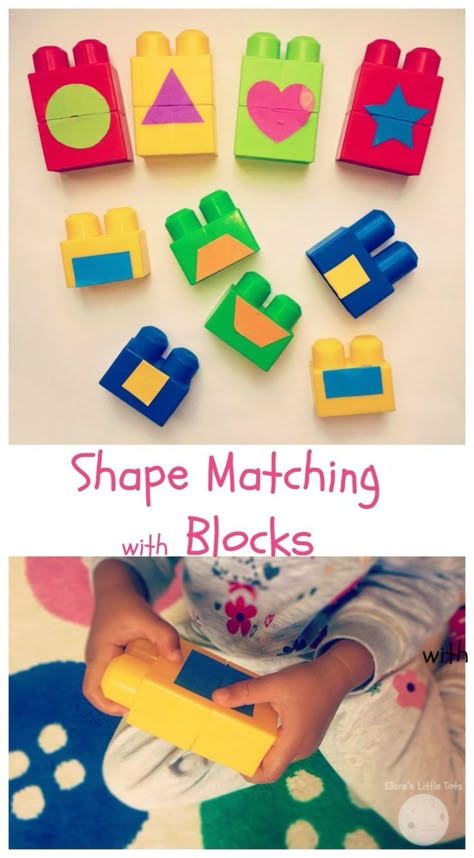 g., circle, square, triangle).
g., circle, square, triangle).
When teaching shapes, start with the most common shapes (squares, triangles, circles, and rectangles) before introducing tricker shapes like diamonds/rhombuses, hexagons, and stars.
It is best if you can teach shapes in a organic ways. Point out that a tire is round like a circle, the television is shaped like a rectangle, and the slice of cheese your child is eating is shaped like a square.
Consider providing your child with toys that teach shapes through playful means.
Over time I have shared a number of activities that can be used to teach shapes. Most of these activities can be adapted to teach either basic shapes (e.g., circle, square, triangle) or more advanced shapes (e.g., ellipse, parallelogram, hexagon).
Here are some links to a variety of ideas for teaching children to identify shapes:
- Books about shapes
- Trace the shapes art project
- Magic disappearing shapes
- Making shapes on the geoboard
- Sand shapes art project
- How many ways to make a shape?
- Gross motor shapes activity
And here are some links to activities for teaching children to recognize 3-dimensional shapes:
- Identifying 3-D shapes by touch
- 3-D shapes graphing game
- Put the clothes on the shape
- Hands-on exploration with 3-D shapes
- Playful ways to learn about 3-D shapes
More resources for teaching colors and shapes
For more activities that teach colors, see my Teaching Colors to Kids page and my Learning Colors Pinterest board.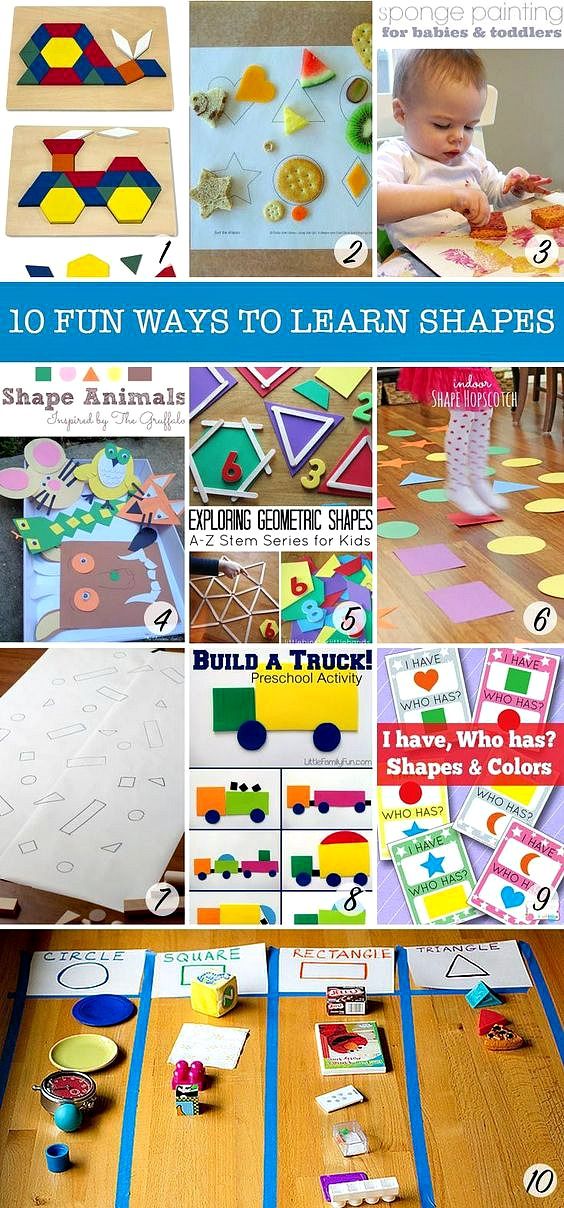
For more that teach shapes, see my Teaching Shapes to Kids page and my Learning Shapes Pinterest Board.
Learn shapes and colors for kids
Description
Learn Shapes and Colors - Educational and educational games for kids and toddlers.
Together with the rabbit, we will go to visit his girlfriend. Along the way, we learn to distinguish shapes and colors, solve logical problems, sort objects, and train our memory.
There are 6 fun games in the app:
- COLORS: find the object by color
- SHAPES: guess the shape of the object
- LOGIC: logic game with colorful figures
- MEMORY: a game for training memory and developing intelligence
- OBSERVATION: find the same objects
- SORT: find shapes
The application "Learn shapes and colors for kids" is aimed at developing spatial thinking, fine motor skills, memory training.
Children's game "Learn shapes and colors for kids" will help your baby to distinguish colors and shapes.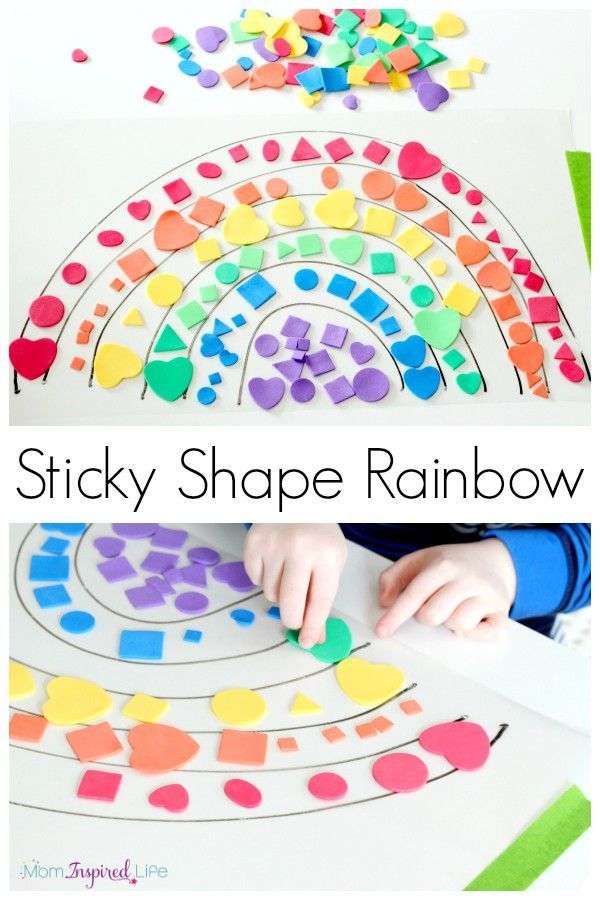
The game is intended for children aged 2-3-4 years.
We also advise you to pay attention to our other educational applications for children. We not only learn fun letters, sounds, the alphabet together, but also numbers, shapes, colors, simple mathematical operations. We create children's educational and educational games for you and your children.
We are open to all your wishes! Send your suggestions to [email protected].
If you like our application and want to continue, please rate it.
Version 1.6
The app has been updated by Apple to display the Apple Watch app icon.
Spring is coming. The rabbit cleans the snow, buys carrot seeds and fixes small bugs in the app.
Ratings and reviews
Ratings: 833
Great game ‼️
I liked everything very much
smart rabbit
A good application, my son and I really liked it 1.
8, it’s only with my help to drive around the screen, but it solves tasks, it’s very useful, and you need to think and move pictures around the screen, just for development)) plus live pictures and various interesting tasks! For children after 3 years in general, I think it will not be interesting already. A huge plus there is no annoying ads and the application itself is free! Thank you)
Excellent!
Super game. My daughter and I really like it, and she began to learn figures with pleasure!
Developer OLGA NIKOLENKO has not disclosed to Apple its privacy policy or data processing practices. Detailed information is available in the developer's privacy policy.
N/A
Developer will be required to provide privacy information when submitting the next application update.
Information
- Provider
- OLGA NIKOLENKO
- Size
- 73.
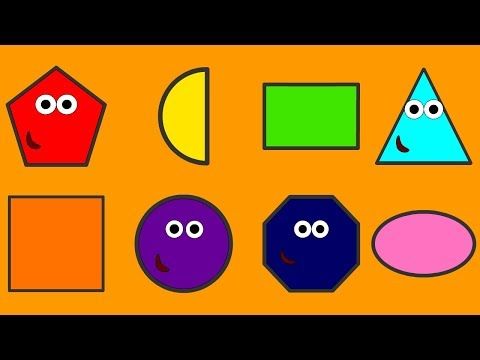 1 MB
1 MB - Category
- Education
- Age
- 4+
- Copyright
- © Aramais Ayrapetyan 2016
- Price
- Free
- Developer site
- Application Support
- Privacy Policy
Other apps from this developer
You may like
learning colors with cars — MAX LOZOVSKI
MAX LOZOVSKI
learning colors with cars – MAX LOZOVSKITwitter Instagram
Previous
Next
https://youtu. be/2ZtTn3ZRl6w
be/2ZtTn3ZRl6w
Learning colors is fun. A fun bowling alley with cars will help you learn all the basic colors. Cartoon for the little ones, watch and learn. Educational cartoon for children. All colors of the rainbow. The race car knocks down pins. Let's see together what color the machine will hit this time.
Helicopters, cars, superheroes, and much more, watch our channel, Magic TV. Continue reading →

https://youtu.be/2UC7QLkyuss
Cartoons for kids, Learn colors with Toy Helicopter. Cartoons for the youngest children. Garages for Helicopters. Beautiful fire-patterned helicopters take off from their garages, after which they return to the garage again. Educational 3d videos will teach your child the basic colors.
3d Cartoon for children in Russian. On our channel you can find a large number of educational videos on learning colors, numbers and more.
Continue reading →
This entry was posted on by Max Lozovski and tagged educational videos for kids solnishkam, Magic TV, helicopter garage, car garage, Color learning, kapuki kanuki, mayshman TV, mizyaka dizyaka, cartoons for the little ones, cartoons for kids, songs for kids, teremok tv, learn colors, learn colors for children of the year, learn colors with cars, teach a child colors for 2 years, learn colors, learn colors for kids, learn colors video, color baby, colors, colors helicopter, colors garage, colors for children, colors to teach years.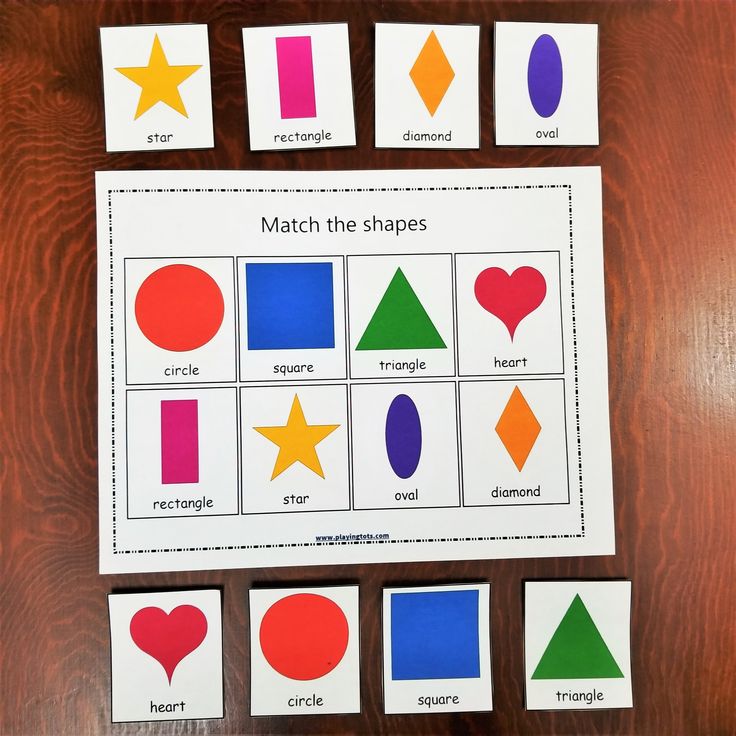
https://youtu.be/XMwVPI9ax9M
Learn colors with Pac-Man - guess the colors of Christmas toys. Pacman eats New Year's toys. A fascinating study of color with 3D Pac-Man - we study colors with the help of beautiful and bright toys that Pac-Man eats. 3d cartoon for toddlers and young children. Educational 3d cartoon.
Together with Pacman we will study the primary colors, red, blue, green, yellow, orange, purple and pink.
Learning color in Russian, in addition to the sound of the color, its inscription appears on the screen.
Continue reading →
This entry was posted on by Max Lozovski and tagged Educational videos for kids Packman, videos for kids, Magic TV, children's toys, learn colors game, Christmas tree toys, cartoon for kids, cartoon learn colors, educational video for kids , teaching children to color, learning colors for children games, Pac-man, pac-man new year, pac-man balls, developing learn colors, child color, teach children colors video, learn colors, learn colors with cars, Learn colors with pacman, learn colors, color baby, colors, colors for kids, colors to teach years.
https://youtu.be/TSvQF4_AQ7Y
Learn colors with Pac-Man. Eating ice cream. A fascinating study of color with 3D Pac-Man - we study colors with the help of beautiful and bright ice cream that Pac-Man eats. 3d cartoon for toddlers and young children. Educational 3d cartoon.
Together with Pacman we will study the primary colors, red, blue, green, yellow, orange, purple and pink.
Learning color in Russian, in addition to the sound of the color, its inscription appears on the screen.
Continue reading →
This entry was posted on by Max Lozovski in the rubric Educational videos for kids and tagged educational cartoons learn colors, learn letters and colors, learn colors, learn colors om yum, learn colors in a playful way, learn colors fun rainbow, learn colors fun , learn colors video, learn colors together, learn colors all series in a row, learn colors for kids, learn colors for kids 2 years old, learn colors for kids 3 years old, learn colors for kids, learn colors for kids, learn colors for kids in English, learn colors and letters, learn colors and shapes for the little ones, learn colors and shapes, learn colors and numbers, learn colors and numbers, learn colors for doman cards, learn paint colors, learn colors red, learn colors for kids, learn colors mice, learn colors in Russian, learn colors in Russian for children, learn colors in Russian, learn colors song, learn colors in Russian, learn colors from balls.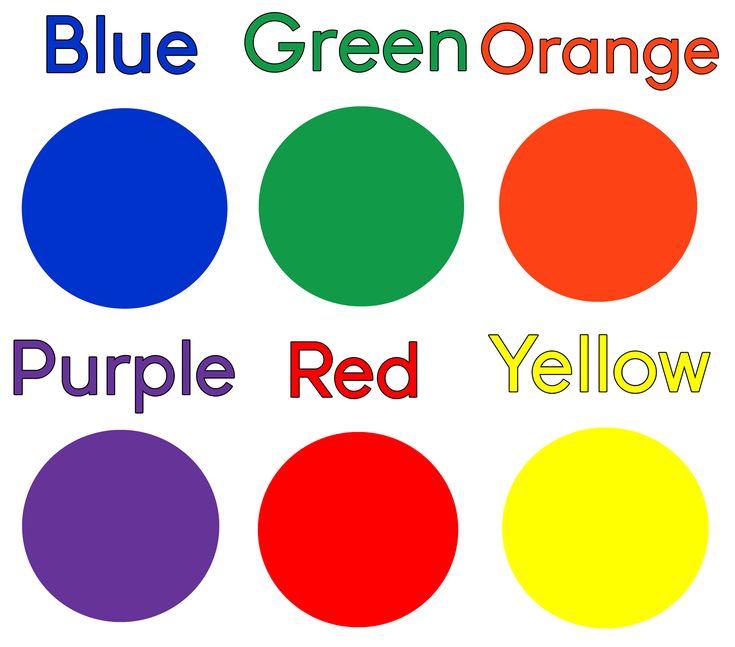 , learn colors with a fun song, learn colors with a baby, learn colors with cars .
, learn colors with a fun song, learn colors with a baby, learn colors with cars . Learn colors for kids. We play bowling and learn colors. Interesting educational video for kids. 3d animated educational cartoon for kids. We knock down colored skittles with balls and learn the colors of the rainbow. Educational games for kids. Teaching children to color. Bright and colorful cartoon that will teach the child colors.
Continue reading →
This entry was posted in by Max Lozovski in Educational videos for kids and tagged solnishkam, balloons, Magic TV, for kids, flower game, Color learning, kapuki kanuki, masha and the bear, mayshman TV, mizyaka dizyaka, cartoon for children, cartoon training, Cartoon, teaching children color, learning colors, learning colors for children, songs for kids, Educational 3d cartoon, child color, teremok tv, learning colors, learning colors with cars, learning colors, learning colors for kids, fixies, color kid, colors, colors for kids.

